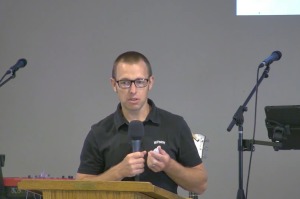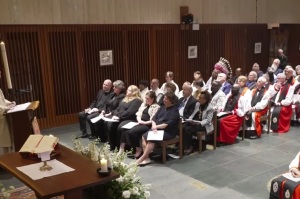Internet Has Increased College Plagiarism, Pew Study Finds
American college students are increasingly plagiarizing others’ work and the Internet has played a significant role in this trend, a new study by Pew Research Center shows.
About 55 percent of the college presidents surveyed say they have seen a rise in plagiarism over the past decade with just two percent saying it has decreased, according to a Pew study called “The Digital Revolution and Higher Education.”
The study shows that most college presidents believe that technology is a major factor behind that rise. Of those who say plagiarism is on the rise, the overwhelming majority – 89 percent – believe that computers and the internet have played a major role in this rise. Only seven percent say these new technologies have played a minor role.
An additional 40 percent say that plagiarism has stayed the same over this period.
These are some of the findings of the Pew study, which included an online survey conducted between March 15 and April 24, 2011, among 1,055 college presidents from two- to four-year schools, private and public, on the impact of digital technology on college students. Pew conducted this survey in association with the Chronicle of Higher Education. The other is a telephone survey held between March 15 and March 29, 2011, among a nationally representative sample of 2,142 adults ages 18 and older.
The two-survey study reveals that public and college presidents value online courses differently. While only 29 percent of the public says online courses offer an equal value compared with classroom instruction, 51 percent of the college presidents say these courses provide the same value.
Online courses are being offered widely, but more so by public colleges. More than three-quarters of the college presidents report that their institutions offer online courses, Pew says. While 89 percent of four-year public colleges and universities offer online classes, just 60 percent of four-year private schools do so.
But online courses are yet to become popular. Only 23 percent of the college graduates report that they have taken a class online. But the share doubles to 46 percent among those who have graduated in the past ten years. Among all adults who have taken a class online, only 39 percent say the format’s educational value is equal to that of a classroom course.
College presidents are hopeful though, as they predict substantial growth in online learning. About 15 percent say most of their current undergraduate students have taken a class online, and 50 percent predict that 10 years from now most of their students will take classes online, the study says. Nearly two-thirds of college presidents – 62 percent – also anticipate that more than half of the textbooks used by their undergraduate students will be entirely digital in ten years.
The use of laptops and smartphones in the classroom seems to be increasing. More than half of recent college graduates say when they were in college they used a laptop, smartphone or tablet computer in class at least sometime. While most colleges and universities do not have institutional guidelines for the use of these devices in class, about 41 percent of college presidents say students are allowed to use laptops or other portable devices during class. At 56 percent of colleges and universities it is up to the individual instructors.
The Pew study also finds that the leaders of America’s colleges and universities are a tech-savvy group, with 87 percent using a smartphone daily, 83 percent using a desktop computer and 65 percent using a laptop. And half of them also use, at least occasionally, a tablet computer such as an iPad, and 42 percent use an e-reader such as a Kindle or Nook.
What’s more, 32 percent of the college presidents report that they use Facebook weekly or more often, and 18 percent say they use Twitter at least occasionally.




























